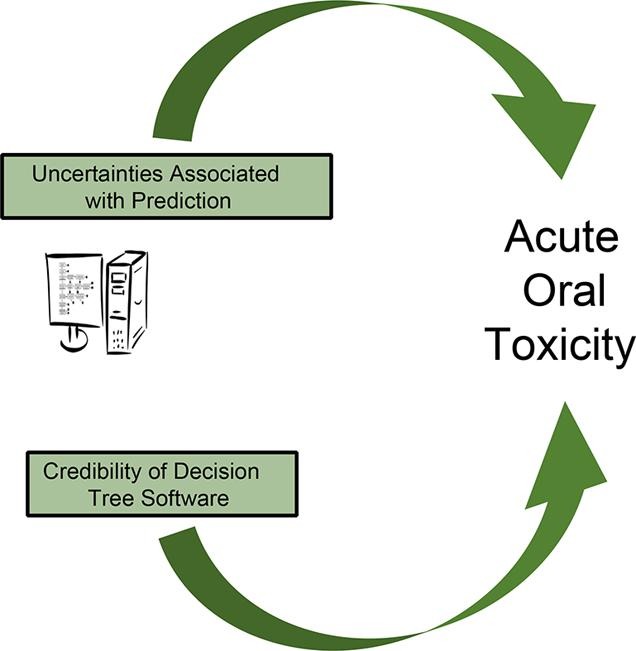Assessment of uncertainty and credibility of predictions by the OECD QSAR Toolbox automated read-across workflow for predicting acute oral toxicity
Computational Toxicology (2022)
The platform of OECD Toolbox version 4.5 was used for building an automated decision tree for filling data gaps for rat acute oral toxicity (AOT) by read-across (RA). Our previous publications have described the workflow of the AOT tree and conducted verification and validation studies on it. The overall uncertainty in the AOT workflow is low as the similarity in mechanistic probability, metabolism and 2D structure are maximized in the RA analogue selection process. The endpoint, rat oral LD50, is well-defined and has universal regulatory acceptance. Since OECD test guidelines are followed in generating the database, the data are widely recognized to be of the highest quality. The credibility of the workflow is high as it meets the critical factors of being based on confirmed assumptions, having demonstrated concordance and consistency, permitting the ability to explain AOT-related mechanisms and modes of action, and being simple in design. Additionally, the Z-score and probability distribution methods of assessing the uncertainty of a particular RA are discussed. Two examples of numerical and classification uncertainty are presented. These cases represent the extremes observed in a series of target chemical-based predictions that the authors observed when testing the workflow. The reliability and relevance associated with the workflow are high. However, the completeness and weights-of-evidence varied markedly among possible RA scenarios and particular target substances.

